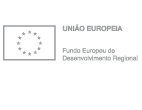Cavacórios: the chalice of sweetness
Add MyTrip
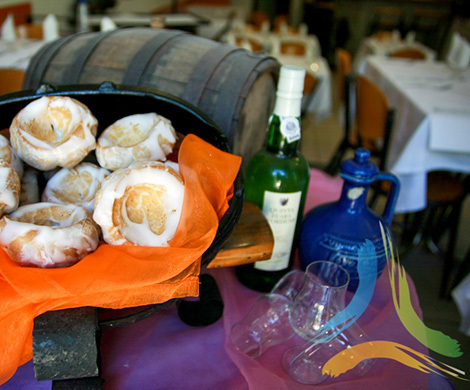
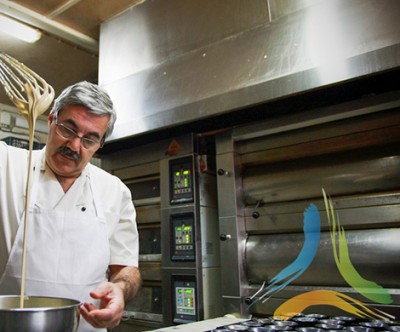
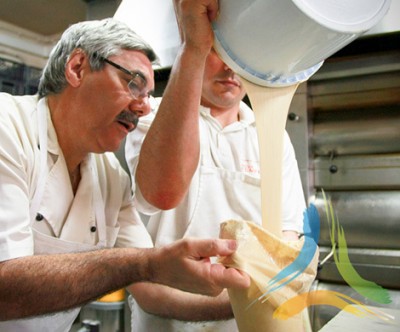
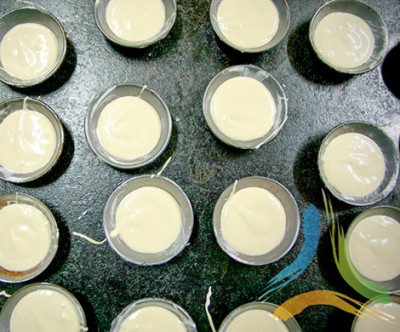
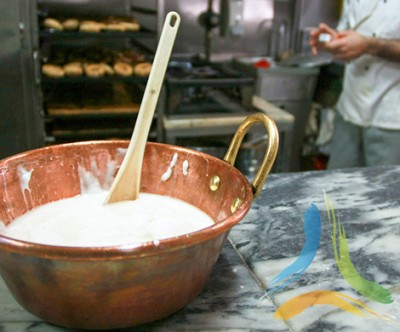
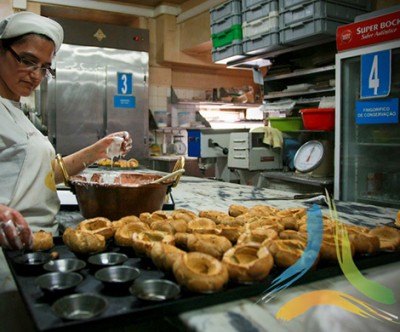
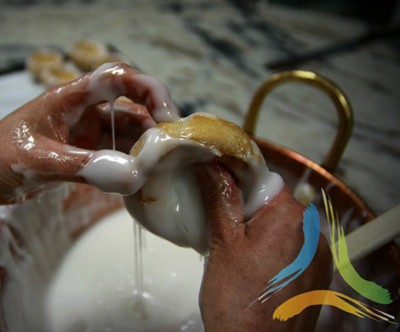
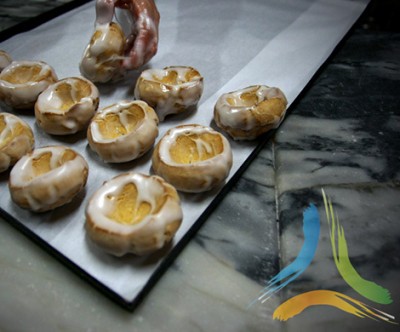
41.29671960349725
-7.745403909729021
Cavacórios: the chalice of sweetness
Evoking a shell, and characteristically combining dry dough with an extremely sweet icing. Made with eggs and wheat flour, the cavacório is a typical cake from Vila Real, closely linked to the festival in honour of St. Lazarus.No...
Presentation
Evoking a shell, and characteristically combining dry dough with an extremely sweet icing. Made with eggs and wheat flour, the cavacório is a typical cake from Vila Real, closely linked to the festival in honour of St. Lazarus.
No documentary records are known tracing the cavacórios back to the Trás-os-Montes city or even explaining how it came to be part of its uses and customs. What is known is that this sweet is a fixture of its gastronomic tradition, and is consumed in the period before Easter.
Its hollow shape gives it the appearance of a bowl and interpretations of its symbolism abound. Because of its opposite taste, some associate the cavacório with the sponge imbibed in vinegar which the Roman soldier put on his spear and gave to Christ on the cross to slake his thirst. Others compare it with the shape of Lazarus’s hand, the patron of the poor and the sick, cupped in pleading for human charity.
What seems consensual is the conection between this treat and the figure of St. Lazarus, regarded as the protector against smallpox, leprosy and other skin diseases. It is said that, at a time when the city was violently beleaguered by an epidemic, only the Bairro dos Ferreiros (the popular name for the Bairro de Santa Margarida), one of the most typical in the city, was spared. Its residents justify this with the saint’s protection, whose chapel stands in that neighbourhood.
Since then, regional sweets invoke this feat through the cavacórios and the bladders, which the residents present as offerings to St. Lazarus. It is believed that the bladders represent the characteristic blisters of the disease, and the cavacórios are the ex-votos representing the diseased cheeks.
The cavacório is not popular in other regions, although it may exist in similar preparation and ingredients, but with a very different shape.
A Lent speciality
The production of the cavacórios is seasonal, over the weeks preceding Easter, since it is “traditional to eat them at this time”. “They’re quite sweet and are clearly a winter treat,” Jorge Mourão, in charge of their production in the Nova Pompeia Pastry Shop, points out.
“Lazarus, Palms, Easter is here”, the popular saying goes. An unconditional fixture at these festive occasions, the cavacório is, therefore, one of the first signs that the Holy Week is close.
Jorge Mourão reveals the ingredients indispensable for its making: eggs, flour, oil and a pinch of salt. “You put the flour, the oil and the salt in the mixer. Then you slowly add the eggs one by one, until the batter is soft and runny.”
This “watery batter” is left to rest for about an hour. “With a piping bag, it is distributed into the tins in which we make the cakes and these are put in the oven. After about 20 minutes, you take them out, and they display their distinguishing trait: “the dimple”, as the pastry cook calls it.
The cavacório is left to cool down, while the next stage takes place: coating with fondant (a special paste made with sugar for icing and filling cakes). “It’s sugar syrup and water which then takes on this whitish look,” Jorge says.
Finally, you get a dry, rigid, sweet cake with a taste that will be intensified if the incautious taster follows the suggestion to accompany the cavacório with Port Wine.
After pricking the sweet (without piercing from side to side), either with a toothpick or a fork, you pour a little into the hollow. The cavacório soaks it up and becomes moist, working, as has been said, as “a cup for the gold of the Douro”. “The old people also used red wine. The cavacório really served as an excuse to have a glass,” Jorge Mourão recalls.
Well-known by the people of Vila Real, the cavacório has yet to win over those from other parts of the world. “When we give a taste of it to the English, who come around this time, they’re delighted. Not even our tourists know it or how it’s eaten.” The cavacórios are sold by the kilo for 12 euros.
Text: Patricia Posse | Daniel Faiões
Schedules/Prices
Pastelaria Gomes
Mon-Sat: 8am-8am
Pastelaria Nova Pompeia
Mon-Sat: 8am-8am / Sun: 8am-1am
Mon-Sat: 8am-8am
Pastelaria Nova Pompeia
Mon-Sat: 8am-8am / Sun: 8am-1am
Contacts
Address
Pastelaria Gomes
Headquarters:
Rua António de Azevedo, 2/10, 5000-514 Vila Real
+351 259 309 710
Pastelaria Nova Pompeia
Av. Carvalho Araújo, nº 82, 5000-675 Vila Real
+351 259 338 080
E-mail: novapompeia@gmail.com
Other locations:
Bairrode Santa Margarida, the Sunday before Palm Sunday
5000 Vila Real
Pastelaria Gomes
Headquarters:
Rua António de Azevedo, 2/10, 5000-514 Vila Real
+351 259 309 710
Pastelaria Nova Pompeia
Av. Carvalho Araújo, nº 82, 5000-675 Vila Real
+351 259 338 080
E-mail: novapompeia@gmail.com
Other locations:
Bairrode Santa Margarida, the Sunday before Palm Sunday
5000 Vila Real
Latitude
41.29671960349725
41.29671960349725
Longitude
-7.745403909729021
-7.745403909729021









